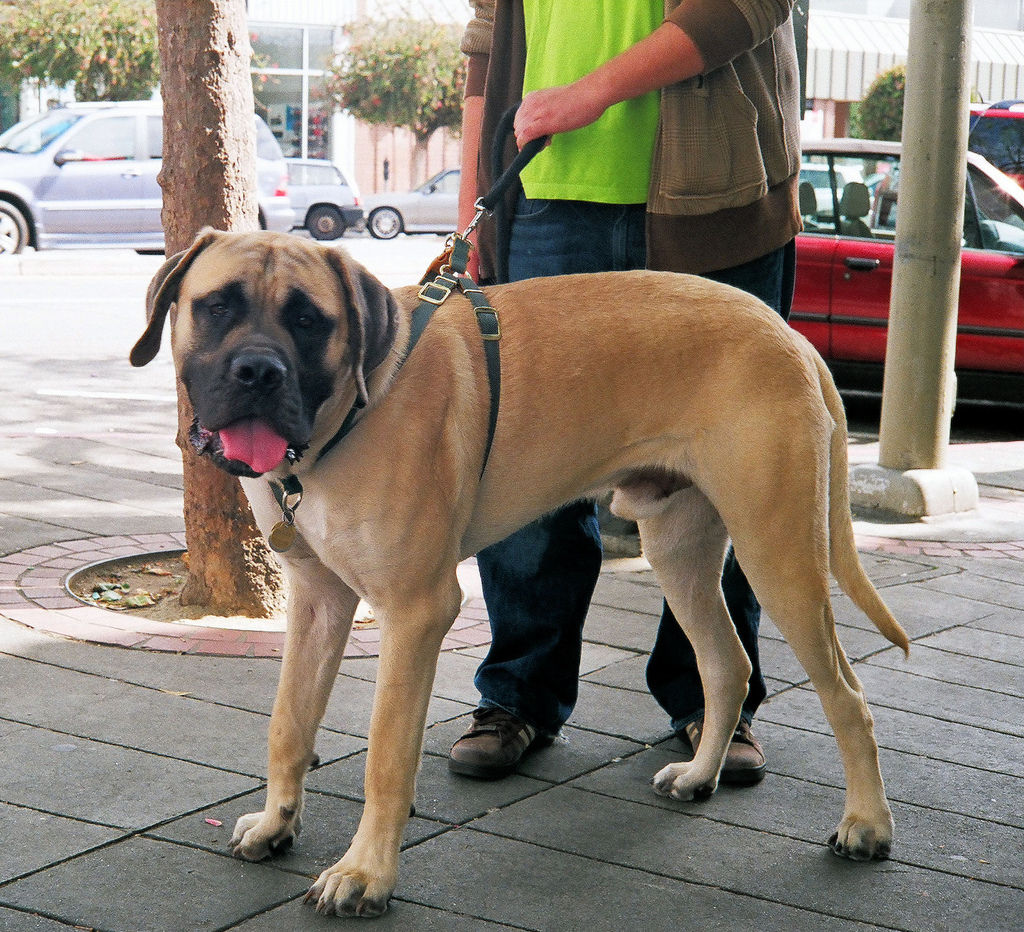In this article
When pet parents need to be away from home, a reliable pet sitter is the person they trust to take care of their favorite animal companions. Pet sitters don’t just keep animals fed, they also keep them safe, comfortable and entertained when their owners can’t be there. But in order for any pet sitting arrangement to go smoothly, it’s important to hash out a formal contractual agreement to keep everyone secure and happy.
“When it comes to caring for people’s pets, having a contract, in my opinion, is always essential,” says Daniel Reitman, the founder and CEO of Dan’s Pet Care. “If you are running a business, no matter how big or small, a contract protects both the pet owner and the person caring for the animal.”
It’s true that a pet sitting contract is an indispensable tool to ensure the best possible care for pets and foster a great relationship between pet parents and sitters. Here’s why everyone could benefit from a pet sitting contract and what to include when you write one.
Key takeaways
- A pet sitting contract protects both pet parents and sitters by clearly defining expectations, responsibilities and boundaries. It minimizes misunderstandings and ensures pets receive consistent, high-quality care.
- Detailing services, fees, cancellations, emergency protocols and home-access rules in writing helps avoid conflict and prepares everyone for special circumstances. Clear policies make it easier for sitters to run their business smoothly and professionally.
- Including insurance, liability terms and legal review safeguards both parties and strengthens trust. A solid contract ultimately leads to safer pets, smoother visits and better long-term client–sitter relationships.
Why do I need a pet sitting contract?
Mary Kogut-Lowell, a business attorney and pet owner who’s worked with several pet sitters, says that, in her experience, contracts help the pet sitting process go more smoothly and ensure excellent care.
“Written services agreements are a good idea from the client perspective to reduce the risk of misunderstandings and achieve greater peace of mind, especially when a pet is aging or has medical issues,” she explains. “Our pets are cherished members of the family. Knowing they’re in good hands while we’re out of town is very important to us as pet parents.”
Contracts aren’t just good for pet parents. They also give pet sitters the ability to plan and prepare for any scenario, and provide important documentation that protects their business. Reitman says that in 13 years in the pet care business, he’s experienced “everything you can imagine regarding caring for someone’s pets.”
“If you don’t have everything you need in writing and agreed upon, there is always the risk of some liability,” he adds. “Contracts help clarify any issues that may arise, whether a client is upset about something or disagrees with a bill. You can always refer them back to the agreement if you have everything clearly laid out and they signed it.”
“If you don’t have everything you need in writing and agreed upon, there is always the risk of some liability.”
— Daniel Reitman, pet care expert
How do you write a pet sitting contract?
There are a number of ways to set up a pet sitting contract. Some pet sitters rely on apps and software programs that help generate client agreements. Others purchase documents from sellers online. You can also look to professional groups, like the National Association of Professional Pet Sitters (NAPPS), for sample documents and other information.
Amy Sparrow, a professional pet sitter and the president of NAPPS, says her pet sitting paperwork typically includes a client agreement that covers her policies and practices, coupled with a more detailed contract that outlines things related to insurance, fees, liability and other vital aspects of her business.
However you prefer to set up your contract, Kogut-Lowell recommends asking an attorney to either help draft the document or to look over it when you’re finished. “I would caution pet sitters not to create any contracts or agreements for their clients without the assistance of legal counsel,” she says.
What should I include in my pet sitting contract?
Here’s what to include to get the most out of your pet sitter contract.
1. Breakdown of services
First and foremost, a pet sitting contract exists to outline expectations. The pet sitter’s role should be clearly defined in the contract, Kogut-Lowell says, including:
- Dates and times services are needed.
- Basic job duties to be performed.
- Policies regarding overnight stays, if applicable.
- Whether grooming, walking and other services are included.
- Rules regarding transportation, if needed.
Defining the pet sitter’s role ensures pets get the best care and helps prevent scope creep, in which caregivers are asked to perform tasks beyond what was originally agreed upon.
Sparrow points out that clients might want their pet sitter to do additional tasks such as run to the pet store to buy food and supplies. “If that’s part of your pet sitting business, then you can include that in your agreement and charge for it,” says Sparrow. “But it’s important to decide ahead of time because you have to set those boundaries.”
“I would caution pet sitters not to create any contracts or agreements for their clients without the assistance of legal counsel.”
— Amy Sparrow, professional pet sitter
2. Rates, payment and fees
Reitman and Sparrow both emphasize that payment information is vital to include in a petting sitting contract. The contract should clearly outline the expected rate for care, as well as any billing practices, like:
- If and when a deposit is needed.
- When payment is due.
- How to pay.
- Additional fees or charges that may be incurred.
- Policies for late payment and collection.
If a pet sitter charges different rates for holidays or other special circumstances, Reitman says that should also be included in the contract.
“Nobody wants to have that difficult conversation with somebody where they have to say, ‘Hey, you didn’t pay me,’” Sparrow adds. “The contract can just sort of outline the whole payment process and give both parties the peace of mind that this is the policy.”
3. Cancellations and special circumstances
“It is best to think about any potential scenarios that may arise during the care of each animal, and it’s important to work those things into your contracts,” Reitman says.
This includes things like the cancellation process and any related fees. It might also include special provisions for caring for sick or elderly animals, what happens if a pet owner is late coming home or even what happens in the event of severe weather.
“If you live up north and get snow, the sitter can’t shovel three feet of snow to get to your house. So, a sitter might have in their contract something like, you need to have a snow shovel service,” explains Sparrow. “What goes in the contract or agreement really needs to depend on the specific circumstances and the type of pet sitting business it is.”
4. Care, custody and control
Sparrow says it’s common for pet sitting contracts to include clauses that outline who is allowed inside the pet owner’s home while care is being provided. This is for the protection of both the pet and the property.
“If we don’t specify this, somebody else might be there feeding the pet, but we don’t know that, so then we’re worried about a problem when they don’t want to eat,” she explains. “Or, if the pet is not going to the bathroom or they’re going to the bathroom in the house because someone fed them, that concerns us.”
The bottom line, Sparrow explains, is that the pet sitter is responsible for the pet while their owner isn’t there. That means the sitter needs to know that no one else is coming into the home who could interfere with the pet or cause damage to the property.
5. Emergency care
In the event that an emergency happens, pet sitters need access to the pet’s health information, as well as authorization to seek medical care. Contracts should include:
- Vaccination requirements.
- Emergency protocol.
- Emergency contact information.
- Protocols for administering medications.
- Policies and information regarding veterinary care.
Sparrow recommends including a vet authorization form that gives the pet sitter the right to seek medical care for the pet and breaks down how that care will be paid for.
“I also have in my agreement that I need to be notified when the pet parent arrives home,” Sparrow adds. “A lot of animals that I take care of require insulin. As a business owner, I don’t want them missing that. So, it’s not that I’m being nosy, it’s that I’m worried about the pet being safe.”
The pet sitter’s health and safety is also important. Contracts should include any policies related to behavior and who is responsible in the event that a pet sitter is injured by an animal.
6. Home security
A huge part of pet sitting is authorizing the care provider to not only enter a home while the pet owner is away, but also to ensure keys, locks and any access points are secure. For this reason, Sparrow says contracts typically include a key authorization form that breaks down:
- How keys will be obtained and returned.
- Who is responsible for lost or missing keys.
- Who is authorized to use the key.
If necessary, contracts could also include authorization for things like security alarms, garage door openers or any other devices pet sitters may need to access.
“Many people don’t think about the bonding or insurance aspect of the pet sitting business, so it is essential to have that tied into contracts.”
— Daniel Reitman
7. Insurance and liability information
“Many people don’t think about the bonding or insurance aspect of the pet sitting business, so it is essential to have that tied into contracts to protect both the client and the service provider,” Reitman says.
Information related to licensing, insurance and bonding should be clearly stated in the contract, along with any necessary policy details.
Additionally, Kogut-Lowell adds, contracts or service agreements may include a provision releasing the pet sitter from liability, as well as provisions specifying choice of law, venue, and dispute resolution requirements. Consult an attorney to help with the specifics.
“If you make your policies clear from the start, it will eliminate many issues and lead to a better relationship between clients and providers,” says Reitman.





